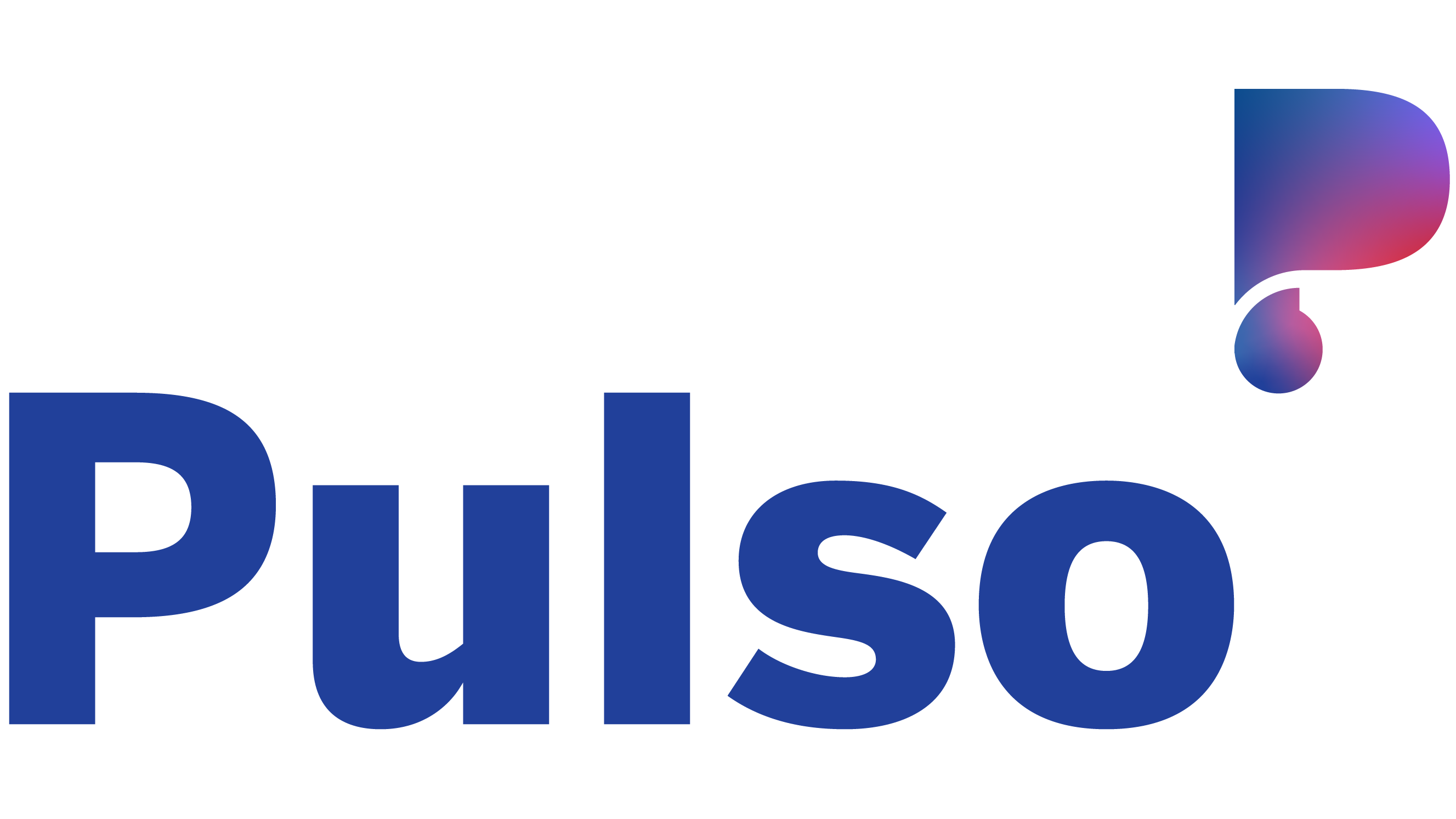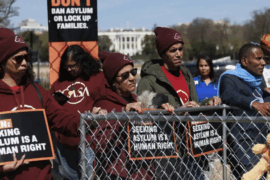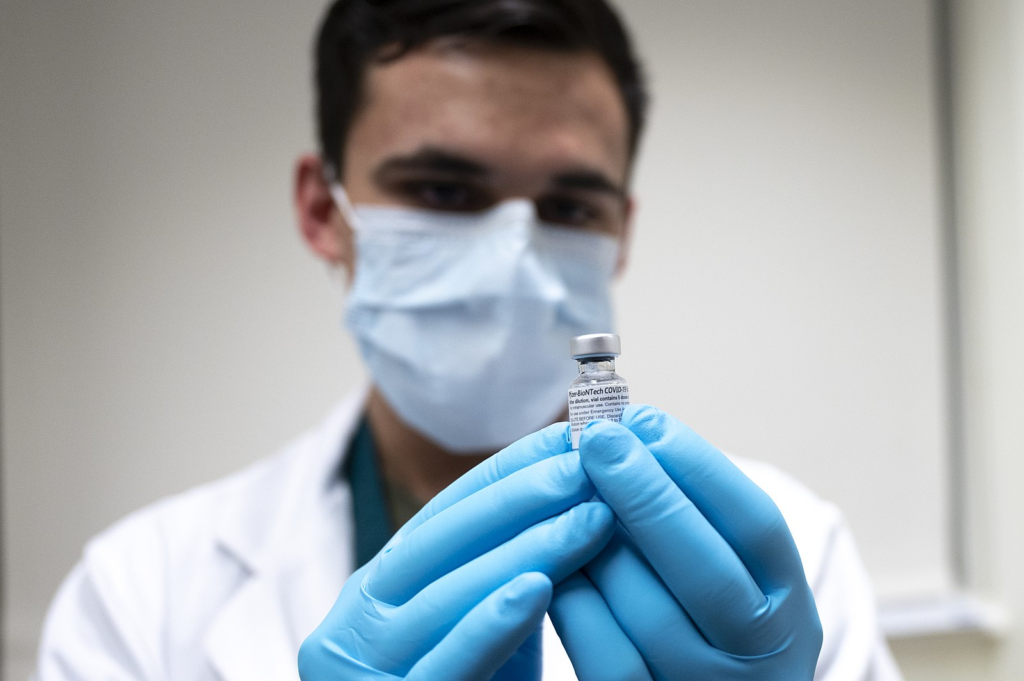
While more than 60 million in the U.S. have received at least one dose of the coronavirus vaccine, Latinos are getting vaccinated at low rates. Pulso has rounded up answers to five questions you might have about the vaccine.
How do vaccines work?
There is a long history of vaccines in this country, which has made us immune to deadly diseases, including polio, measles and mumps. While vaccines sometimes come with side effects, health experts have pointed out that they have been instrumental in thwarting severe diseases. “We have largely eliminated the memory of many diseases,” said Dr. Paul Offit, a co-inventor of a vaccine for rotavirus, a disease which causes severe diarrhea in young children.
In the U.S. there are three coronavirus vaccines being distributed: Moderna, Pfizer, and Johnson and Johnson. All three work to give human cells instructions to fight the virus if one were to ever get infected.
For the vaccines to work collectively, a large portion of the population needs to be vaccinated in order to resist the virus and banish it. Dr. Anthony Fauci has said “75 to 80-plus percent” of the population needs to be vaccinated to achieve herd immunity.
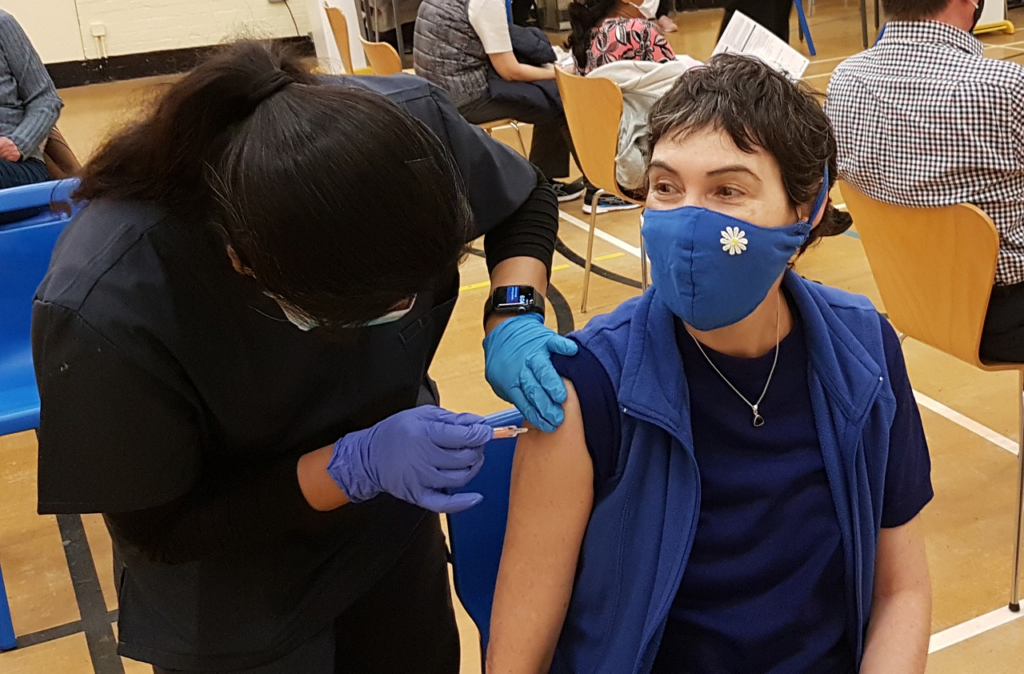
What are the differences between the three vaccines?
Pfizer and Moderna are mRNA vaccines, meaning they contain some part of the actual COVID-19 virus in order to make copies of the protein and destroy genetic material. This triggers an immune response to protect a person if the real virus ever enters the body. Both take two shots to be effective.
J&J’s is a vector vaccine. It contains a modified version of a different virus that contains material from the virus that causes COVID-19. Once this material is inside the cell, the genetic material gives instructions to make a protein, allowing people’s bodies to remember how to fight the virus if ever infected. This vaccine only requires one shot.
In clinical trials, the Pfizer vaccine showed an efficacy rate of 95%; Moderna’s was 94.1%, and J&J’s was 66% — though differences in how data was collected in these trials makes it difficult to compare such rates. All vaccines are approved by the U.S. Food and Drug Administration.
Are there risks to these vaccines?
While it’s true that some people experience some side effects, health experts are emphasizing “the shot is still safer than the disease.” According to the Centers for Disease Control and Prevention, only six out of hundreds of thousands of recipients experienced a severe allergic reaction from the vaccine. All of them recovered with treatment.
The CDC recommends everyone be observed for 15 minutes immediately after receiving a shot of the vaccine. Those with a history of severe allergic reactions to anything should be observed for 30 minutes.
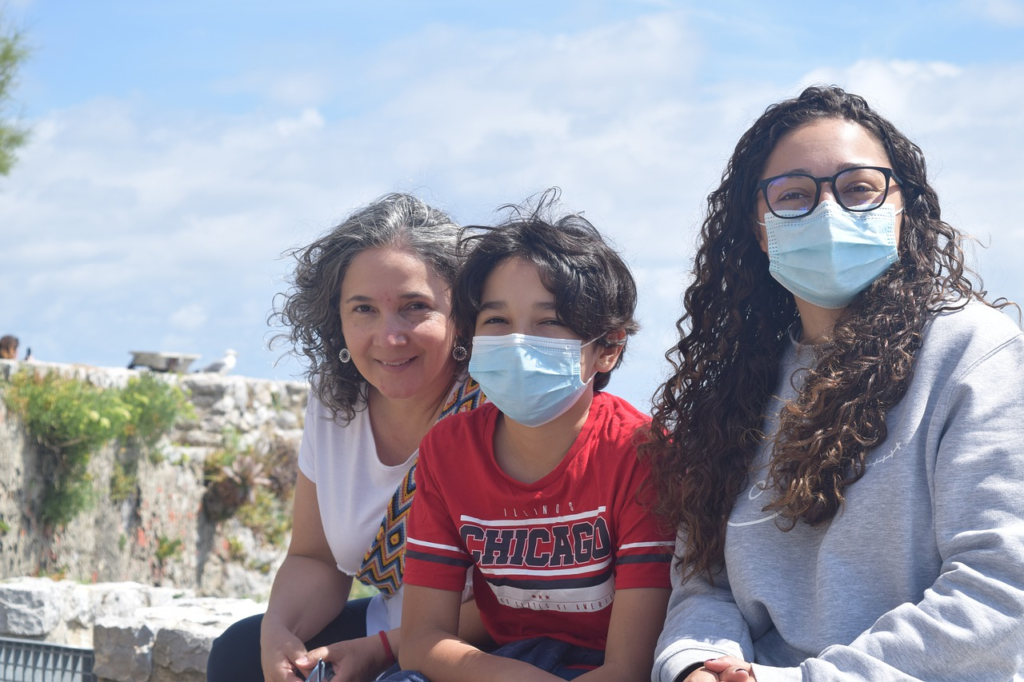
How do you sign up?
To sign up for a vaccine, connect with your state’s department of health, or check for a slot searching for a trusted vaccine distribution site in your city, including health clinics and pharmacies.
President Joe Biden has directed all states to open up eligibility for every adult by May 1. He also plans on debuting a vaccine finder website, along with a call center, to assist people with signing up for appointments.
What do you have to look forward to?
Federal health officials now say that vaccinated adults may begin to gather in small groups with unvaccinated adults. If people continue to get vaccinated, “by July the 4th, there is a good chance you, your family and friends can get together in your backyard or in your neighborhood and have a cookout or a barbecue and celebrate Independence Day,” Biden said.
In the meantime, health officials advise everyone to continue taking precautions in public spaces and to keep wearing masks.
